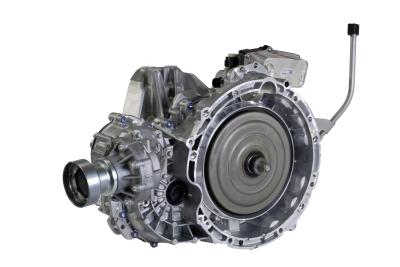Research by the European ‘SmartBatt’ consortium on the production of next-generation battery technology for electric vehicles is revealed today by Ricardo.
[image_frame style=”framed_shadow” align=”center” alt=”The SmartBatt prototype unit” title=”The SmartBatt prototype unit”]https://www.car-engineer.com/wp-content/uploads/2012/11/The-SmartBatt-prototype-unit_530.jpg[/image_frame]
The development of cost-effective, lightweight, high energy density and safe battery technologies is widely considered to be a crucial enabler for the successful and widespread take-up of pure battery-electric vehicles. In order to address this challenge the SmartBatt project – a collaboration between nine research partners from five European countries – has sought to develop battery pack design and optimization processes capable of delivering a 20 kWh, 200-400 volt pack with a 15 percent reduction in weight compared with current state-of-the-art systems, while delivering a continuous power rating of 36 kW, and a peak performance of 70 kW for up to 30 seconds. The battery pack delivered by the project exceeds the capacity target by in excess of 10 percent, providing a total of 22.92 kWh of energy storage.
[image_frame style=”framed_shadow” align=”right” alt=”The Ricardo Voltage/Temperature Balancing Module on the SmartBatt unit” title=”The Ricardo Voltage/Temperature Balancing Module on the SmartBatt unit”]https://www.car-engineer.com/wp-content/uploads/2012/11/The-Ricardo-Voltage-Temperature-Balancing-Module-on-the-SmartBatt-unit_200.jpg[/image_frame]
At the European Electric Vehicle Congress in Brussels – as a part of the European project day program – a presentation will describe work carried out by Ricardo within SmartBatt to develop design processes that will deliver an optimized battery pack to meet the project’s exacting specification. In addition to its functional requirements and weight reduction target, the team was responsible for the design and assessment of a battery pack offering a range of 120 km based on NEDC operation. The process considered cell selection based on the particular attributes of the target vehicle – assumed to be the size of a VW Golf – and was intended to deliver a solution capable of vehicle integration in a crash-safe manner. The electrical architecture was based on the Ricardo universal battery management system, providing integrated fault detection and charge optimization functionality.
“We were pleased to have been able to participate in the SmartBatt project and to have thoroughly explored many new and innovative approaches to the design and optimization of electric vehicle battery pack systems,” said Dave Greenwood, head of the Ricardo hybrid and electric systems product group. “Through the work presented today, we have been able to demonstrate that a highly optimized pack design, fully integrated with vehicle requirements, is possible using a rigorous flow-down technique based on the application of advanced design software. This work has provided crucial enabling lightweight technology for the next-generation more efficient and functionally attractive electric vehicles.”
A prototype of the battery pack designed by the project is on display at the European Electric Vehicle Congress which runs until Thursday November 22 2012.
Source: Ricardo
[titled_box title=”Romain Nicolas opinion:”]
This kind of consortium is a great way to explore break-through technologies. Moreover, this provides a good advertisement for companies that participate. However this kind of demonstrator doesn’t solve all of the issues that come when developing, manufacturing and selling the product. A lot of constraints are not taken into account, often for cost or lead-time purpose. Do you think this kind of investment is useful for involved companies? Is that really done for technology growth or is it mostly done for promoting the brand image?
[/titled_box]




















